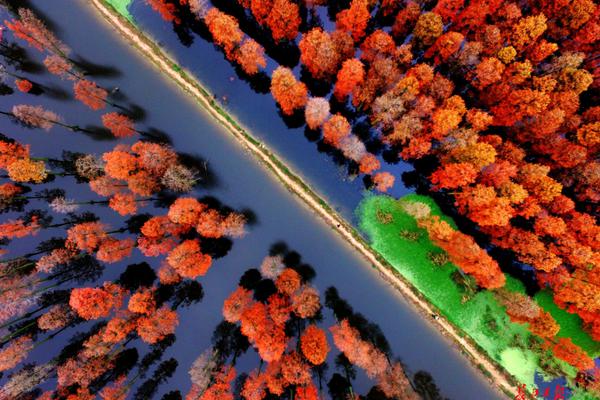
1. Its basic functions include data collection, management, processing, analysis and output. At the same time, the geographic information system relies on these basic functions to further deduce and enrich relevant functions through the use of spatial analysis technology, model analysis technology, network technology and database integration technology to meet the broad needs of society and users.
2. The main functions of geographic information system: data acquisition, data analysis, decision-making application, etc. The main problems that can be solved include geospatial distribution and location analysis, trend analysis, pattern analysis, and simulation results.
3. Geographic information system is widely used in resource survey, environmental assessment and transportation, etc.The basic functions of geographic information system include: data acquisition function, data editing and processing, data storage, organization and management function, spatial query and spatial analysis function, and data output function.
4. Geographic information technology, also known as "3S" technology, includes Global Positioning System (GPS), Remote Sensing (RS) and Geographic Information System. It can obtain, process and analyze geographical time and space information.
5. GIS is a Geographic Information System (Geographic Information System or Geo-Information system, GIS). The role of GIS is to collect, store, manage, calculate, analyze, display and describe relevant geographical distribution data in entire or part of the earth's surface (including the atmosphere) space.
Differences: Geographic information system is a software system composed of computer hardware, software and different methods. Geographic information system is used to support the collection, management, processing, analysis, modeling and display of spatial data in order to solve complex planning and management problems.
GIS is a computer system. Since it is a system, it must have the basic functions of the system, data collection, management, analysis and expression, so each GIS system is composed of several modules with certain functions.
Geographic information system and general computer application system have the following similarities and differences: difference: computer application system mainTo pay attention to the query retrieval and statistical analysis of information, most of the results processed are table data in some prescribed format.
The biggest difference may be that the geographic information system contains a large amount of spatial geographic information data and the combination of various attribute data, rather than a data processing mode that can be perfectly realized by a simple database connection. It requires more professional software or processing platform to realize data processing. .
This can be understood literally. Information system, of course, refers to a whole system formed by the interaction of information construction. Geographic information system, of course, refers to a confidence system composed of geographical confidence. That is to say, the information system includes geographic information system, and the scope and size of the two is different.
GIS concept of geographic information system: a computer system specialized in processing geographical data (space, attributes), called "GIS", or "GIS" for short. It has the advantages of graphics, visualization, etc., and benefits people scientifically.
For the purpose of geographical research and geographical decision-making, it is a human-computer interactive spatial decision-making support system.
Geographic Information System (Geo-Information System, GIS) is sometimes called "geological information system" or "resource and environmental information system". It is a specific and very important spatial information system.
1. The functions of geographic information system include: data collection and editing are mainly used to obtain data to ensure the integrity of the data in the GIS database in content and space. The purpose of GIS system data conversion is to ensure the integrity of the content and logical consistency of the data when it is warehoused.
2. Data acquisition and input: Obtain geospatial data, including maps, satellite images, geographical location information, etc., and input them into the GIS system. Data storage and management: Store and manage the collected geospatial data, including the organization, classification, indexing and updating of the data.
3. The function of geographic information system: the basis of public geolocation. It has the ability to collect, manage, analyze and output a variety of geospatial information.The system is driven by analytical models, has strong spatial comprehensive analysis and dynamic prediction capabilities, and can generate high-level geographical information.
4. Data acquisition and processing: GIS obtains geospatial data in a variety of ways, using Global Positioning System (GPS), remote sensing technology, geographical investigation, etc. The collected data can be processed, integrated and cleaned up to ensure the accuracy and consistency of the data.

*
Exotic textiles HS code classification-APP, download it now, new users will receive a novice gift pack.
1. Its basic functions include data collection, management, processing, analysis and output. At the same time, the geographic information system relies on these basic functions to further deduce and enrich relevant functions through the use of spatial analysis technology, model analysis technology, network technology and database integration technology to meet the broad needs of society and users.
2. The main functions of geographic information system: data acquisition, data analysis, decision-making application, etc. The main problems that can be solved include geospatial distribution and location analysis, trend analysis, pattern analysis, and simulation results.
3. Geographic information system is widely used in resource survey, environmental assessment and transportation, etc.The basic functions of geographic information system include: data acquisition function, data editing and processing, data storage, organization and management function, spatial query and spatial analysis function, and data output function.
4. Geographic information technology, also known as "3S" technology, includes Global Positioning System (GPS), Remote Sensing (RS) and Geographic Information System. It can obtain, process and analyze geographical time and space information.
5. GIS is a Geographic Information System (Geographic Information System or Geo-Information system, GIS). The role of GIS is to collect, store, manage, calculate, analyze, display and describe relevant geographical distribution data in entire or part of the earth's surface (including the atmosphere) space.
Differences: Geographic information system is a software system composed of computer hardware, software and different methods. Geographic information system is used to support the collection, management, processing, analysis, modeling and display of spatial data in order to solve complex planning and management problems.
GIS is a computer system. Since it is a system, it must have the basic functions of the system, data collection, management, analysis and expression, so each GIS system is composed of several modules with certain functions.
Geographic information system and general computer application system have the following similarities and differences: difference: computer application system mainTo pay attention to the query retrieval and statistical analysis of information, most of the results processed are table data in some prescribed format.
The biggest difference may be that the geographic information system contains a large amount of spatial geographic information data and the combination of various attribute data, rather than a data processing mode that can be perfectly realized by a simple database connection. It requires more professional software or processing platform to realize data processing. .
This can be understood literally. Information system, of course, refers to a whole system formed by the interaction of information construction. Geographic information system, of course, refers to a confidence system composed of geographical confidence. That is to say, the information system includes geographic information system, and the scope and size of the two is different.
GIS concept of geographic information system: a computer system specialized in processing geographical data (space, attributes), called "GIS", or "GIS" for short. It has the advantages of graphics, visualization, etc., and benefits people scientifically.
For the purpose of geographical research and geographical decision-making, it is a human-computer interactive spatial decision-making support system.
Geographic Information System (Geo-Information System, GIS) is sometimes called "geological information system" or "resource and environmental information system". It is a specific and very important spatial information system.
1. The functions of geographic information system include: data collection and editing are mainly used to obtain data to ensure the integrity of the data in the GIS database in content and space. The purpose of GIS system data conversion is to ensure the integrity of the content and logical consistency of the data when it is warehoused.
2. Data acquisition and input: Obtain geospatial data, including maps, satellite images, geographical location information, etc., and input them into the GIS system. Data storage and management: Store and manage the collected geospatial data, including the organization, classification, indexing and updating of the data.
3. The function of geographic information system: the basis of public geolocation. It has the ability to collect, manage, analyze and output a variety of geospatial information.The system is driven by analytical models, has strong spatial comprehensive analysis and dynamic prediction capabilities, and can generate high-level geographical information.
4. Data acquisition and processing: GIS obtains geospatial data in a variety of ways, using Global Positioning System (GPS), remote sensing technology, geographical investigation, etc. The collected data can be processed, integrated and cleaned up to ensure the accuracy and consistency of the data.

*
Segmenting data by HS code and region
author: 2024-12-23 23:22Pharma finished goods HS code references
author: 2024-12-23 22:35How to align trade data with ESG goals
author: 2024-12-23 22:34Data-driven export licensing compliance
author: 2024-12-23 22:22How to select the best trade data provider
author: 2024-12-23 21:45Sustainable sourcing via HS code tracking
author: 2024-12-23 23:08Top supply chain intelligence providers
author: 2024-12-23 22:20Tariff reduction opportunity analysis
author: 2024-12-23 22:20Trade data for transshipment analysis
author: 2024-12-23 21:39How to calculate landed costs accurately
author: 2024-12-23 21:28 Regional value content by HS code
Regional value content by HS code
961.95MB
Check Trade data for pharmaceuticals supply chain
Trade data for pharmaceuticals supply chain
111.44MB
Check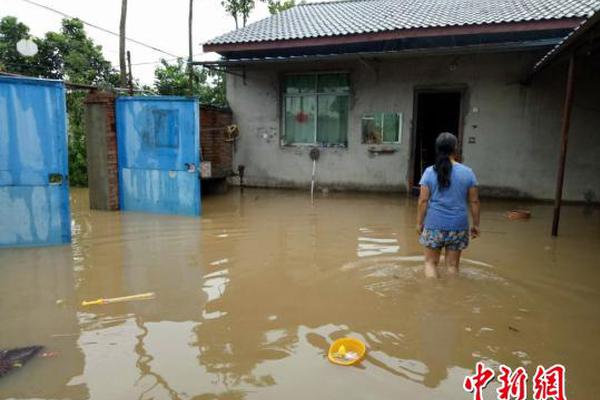 Predictive analytics for supplier risks
Predictive analytics for supplier risks
234.99MB
Check How to ensure transparency in supply chains
How to ensure transparency in supply chains
955.44MB
Check Biofuels HS code classification
Biofuels HS code classification
928.54MB
Check international suppliers data
international suppliers data
724.37MB
Check Global HS code repository access
Global HS code repository access
474.36MB
Check Electronics global trade by HS code
Electronics global trade by HS code
953.26MB
Check Metal commodities HS code directory
Metal commodities HS code directory
787.51MB
Check Top international trade research methods
Top international trade research methods
245.69MB
Check How to ensure trade compliance audits
How to ensure trade compliance audits
793.42MB
Check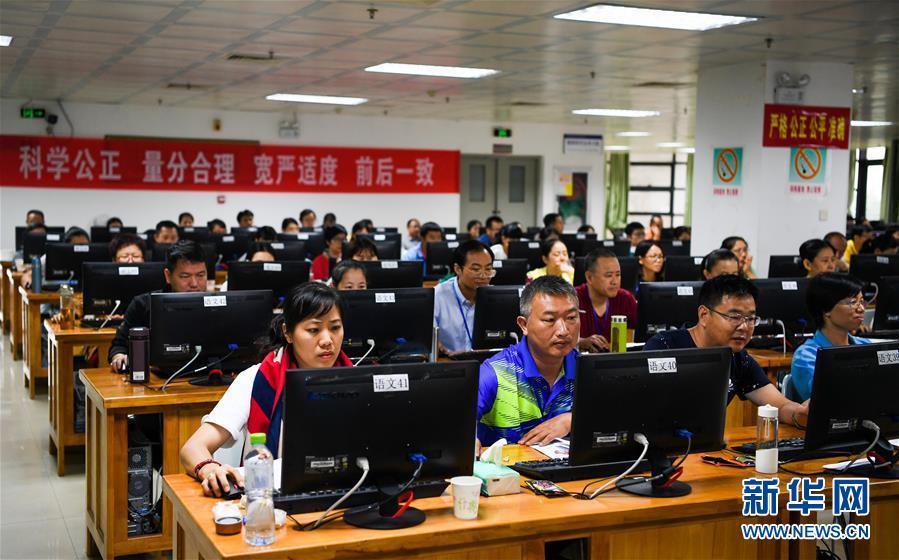 Advanced commodity classification analytics
Advanced commodity classification analytics
625.34MB
Check Rare earth minerals HS code classification
Rare earth minerals HS code classification
619.63MB
Check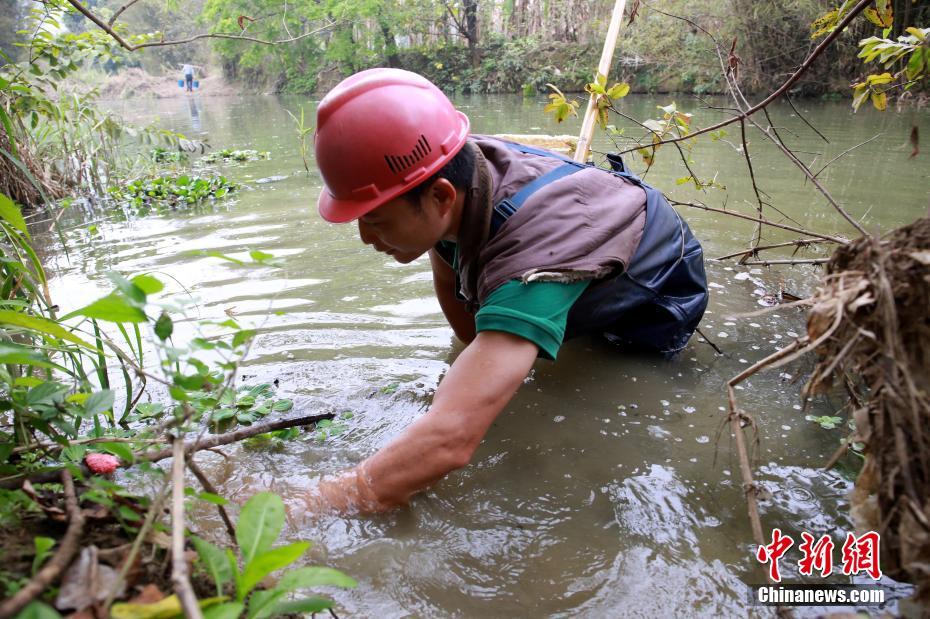 Food and beverage HS code mapping
Food and beverage HS code mapping
253.78MB
Check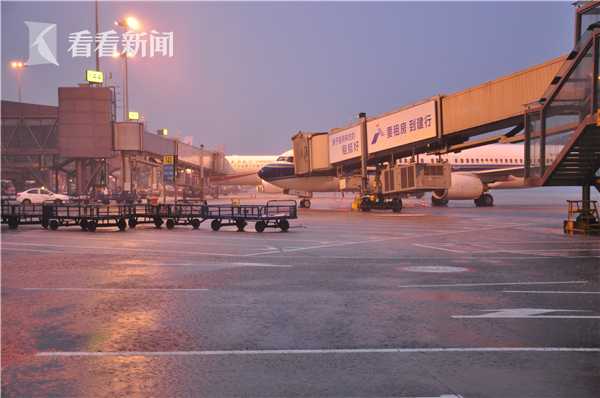 HS code-based cargo consolidation tools
HS code-based cargo consolidation tools
462.95MB
Check HS code-based forecasting for raw materials
HS code-based forecasting for raw materials
149.25MB
Check How to identify export-ready products
How to identify export-ready products
661.44MB
Check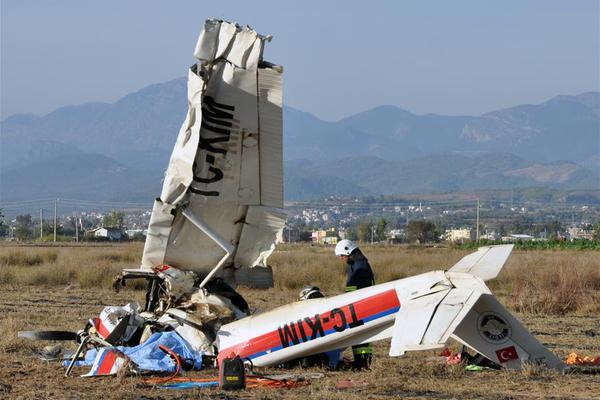 HS code validation for diverse industries
HS code validation for diverse industries
494.62MB
Check Organic chemicals (HS code ) patterns
Organic chemicals (HS code ) patterns
963.16MB
Check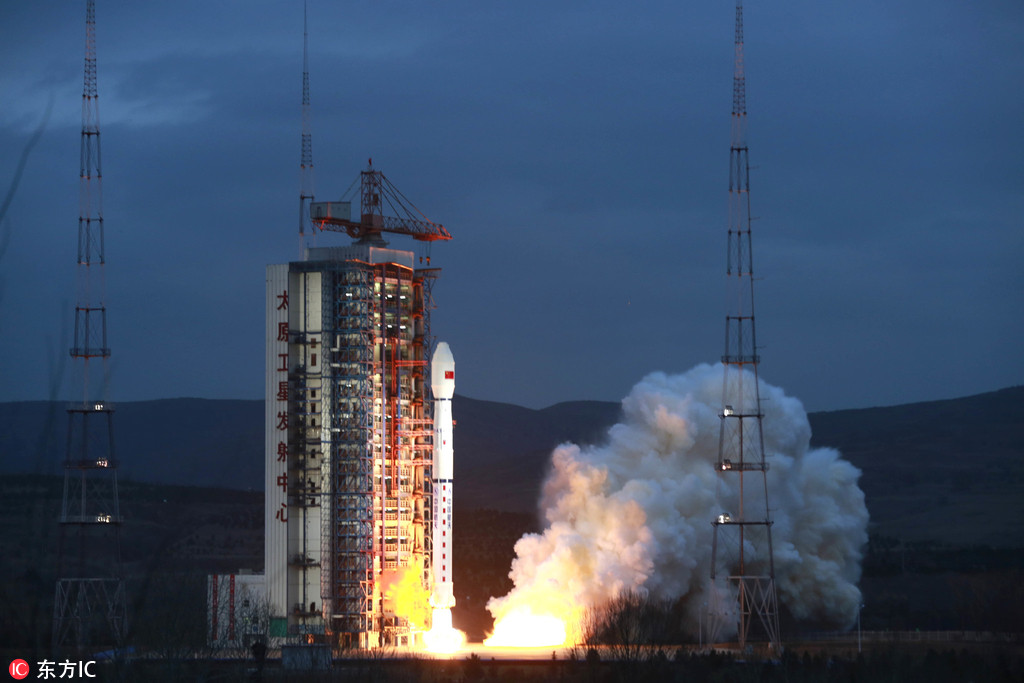 Global trade partner compliance checks
Global trade partner compliance checks
882.77MB
Check Advanced trade data analytics techniques
Advanced trade data analytics techniques
178.53MB
Check APAC trade flows by HS code
APAC trade flows by HS code
571.35MB
Check Pharma cold chain HS code analysis
Pharma cold chain HS code analysis
635.69MB
Check Top supply chain intelligence providers
Top supply chain intelligence providers
457.43MB
Check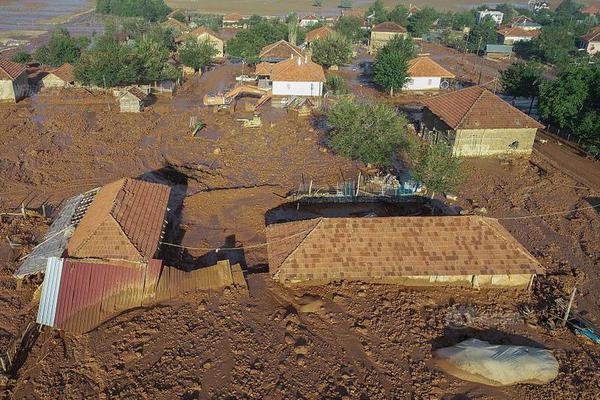 Comprehensive customs data libraries
Comprehensive customs data libraries
983.85MB
Check HS code-based reclassification services
HS code-based reclassification services
268.12MB
Check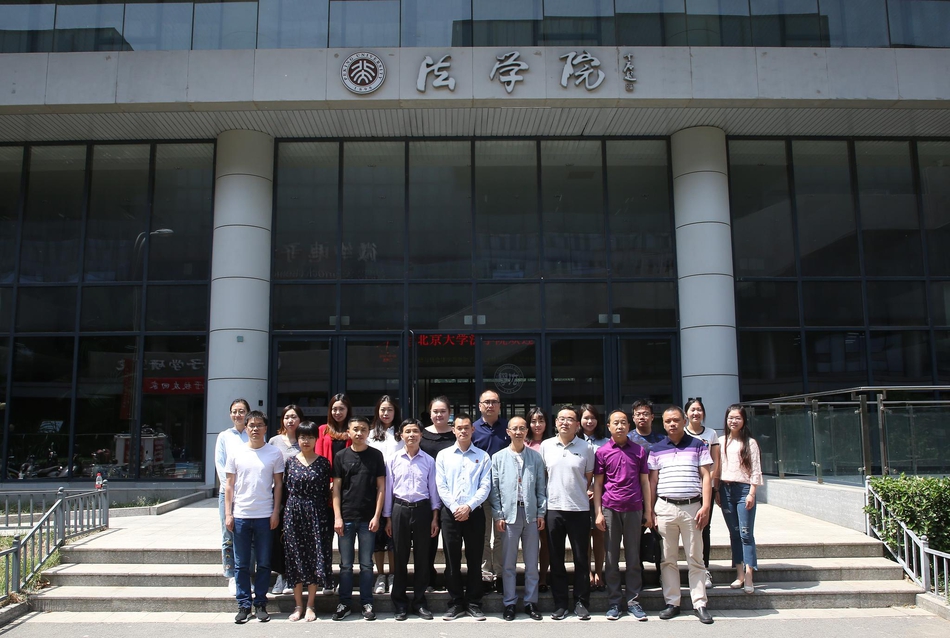 HS code integration in trade blockchains
HS code integration in trade blockchains
743.38MB
Check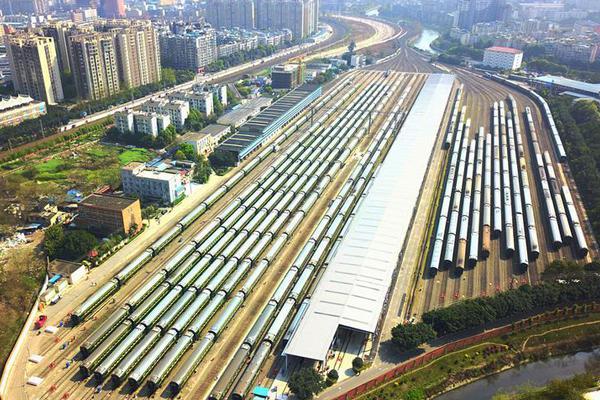 MRO HS code checks
MRO HS code checks
785.19MB
Check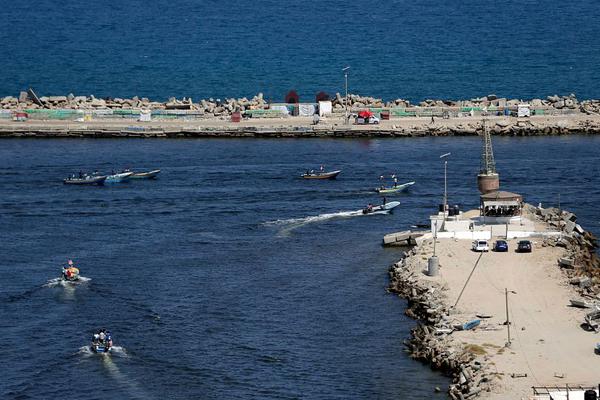 How to scale export operations with data
How to scale export operations with data
567.55MB
Check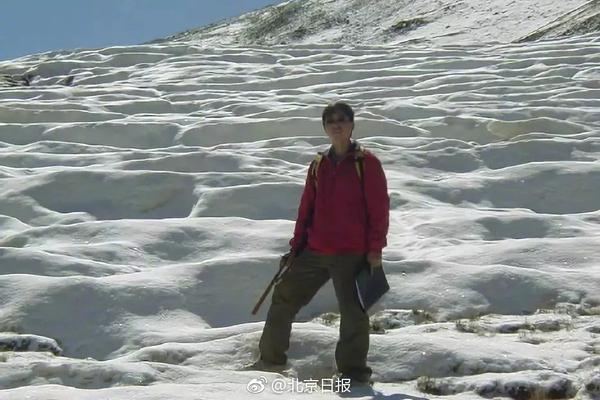 Africa import data trends
Africa import data trends
754.62MB
Check HS code-based tariff reconciliation
HS code-based tariff reconciliation
334.93MB
Check Ceramics imports HS code mapping
Ceramics imports HS code mapping
154.72MB
Check Optimizing distribution using HS code data
Optimizing distribution using HS code data
358.13MB
Check Advanced HS code product classification
Advanced HS code product classification
538.37MB
Check Real-time freight schedule optimization
Real-time freight schedule optimization
296.75MB
Check HS code-based negotiation with suppliers
HS code-based negotiation with suppliers
236.58MB
Check
Scan to install
Exotic textiles HS code classification to discover more
Netizen comments More
1950 Exotic wood imports HS code references
2024-12-23 23:33 recommend
809 Country-specific HS code conversion charts
2024-12-23 21:59 recommend
2673 Trade data for intellectual property checks
2024-12-23 21:50 recommend
717 HS code harmonization in NAFTA region
2024-12-23 21:26 recommend
2621 Machine tools HS code classification
2024-12-23 20:56 recommend